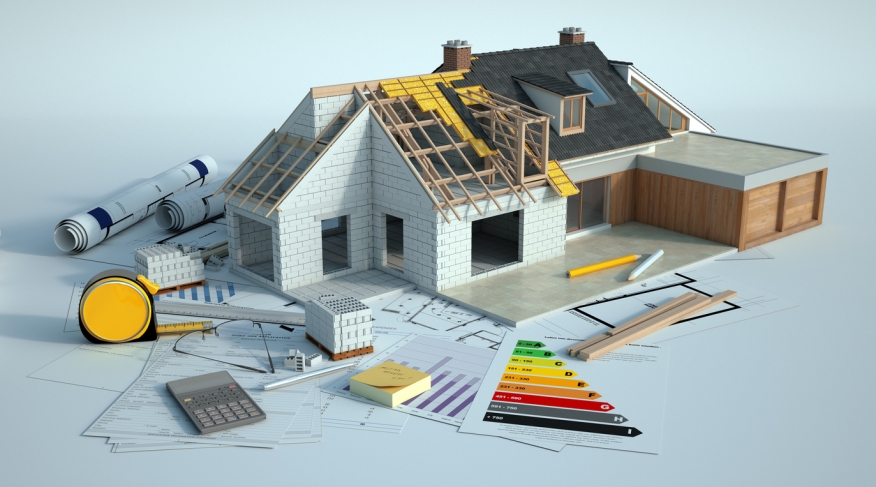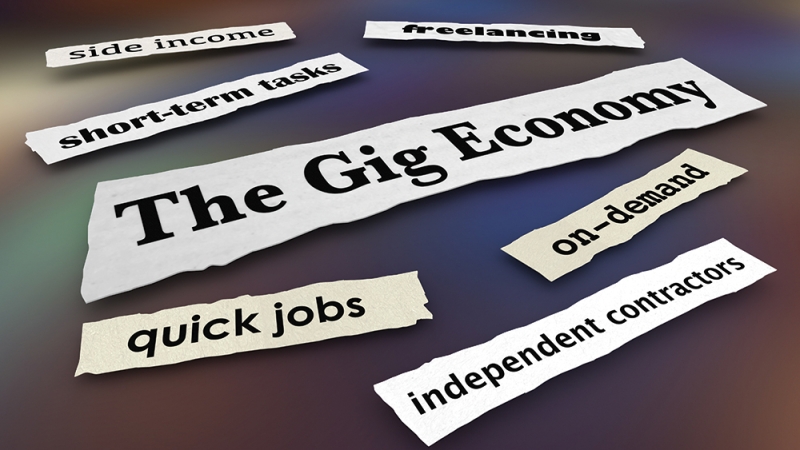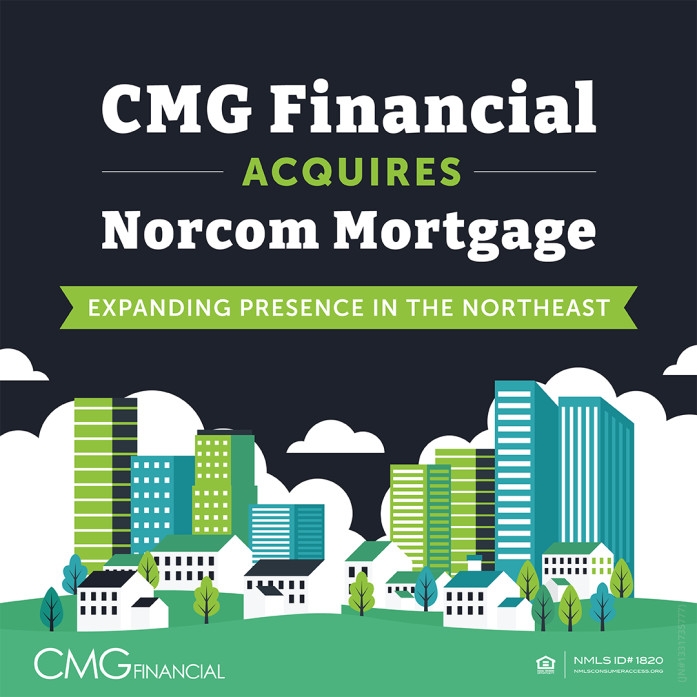We’re talking about the boom in remodeling. Last month, Freddie Mac rolled out a brand new product to capture a share of the huge market. Earlier, Bank of America reported that two-thirds of young home owners plan to renovate their homes. And the Joint Center for Housing Studies said owners will continue to invest in their properties well into next year.
Let’s start with the Joint Center, which tells us that Americans spend more than $400 billion a year on residential renovations and repairs. That alone should set your antenna to wiggling. But in its latest report, the Center’s Remodeling Futures Program says it expects growth in the sector to “remain solid” for the rest of this year and into 2022.
The Program’s Leading Indicator of Remodeling Activity, which is a short-term indicator of home improvement and repair spending on owner-occupied houses, projects “a healthy pace” of single-digit gains, with nearly 5 percent growth by next year’s first quarter.
Panelists on a National Association of Home Builders press conference saw an even longer timeline, predicting that remodeling will roll at a “healthy pace” for at least two more years. “There is steady consumer demand,” said Vince Butler, a remodeler from Clifton, Va. “Because people are using their time at home to remodel,” agreed Arlington, Tex., contractor Tim Landsford, “the demand and the backlog for remodeling remains high.”
The Joint Center’s Managing Director, Chris Herbert, cited a number of factors that point to owners’ continued investment in their properties. And only one – stimulus money from Uncle Sam in the wake of the pandemic – is likely to go away. The others include strong house price appreciation and the aging of the nation’s housing stock. More about those shortly.












